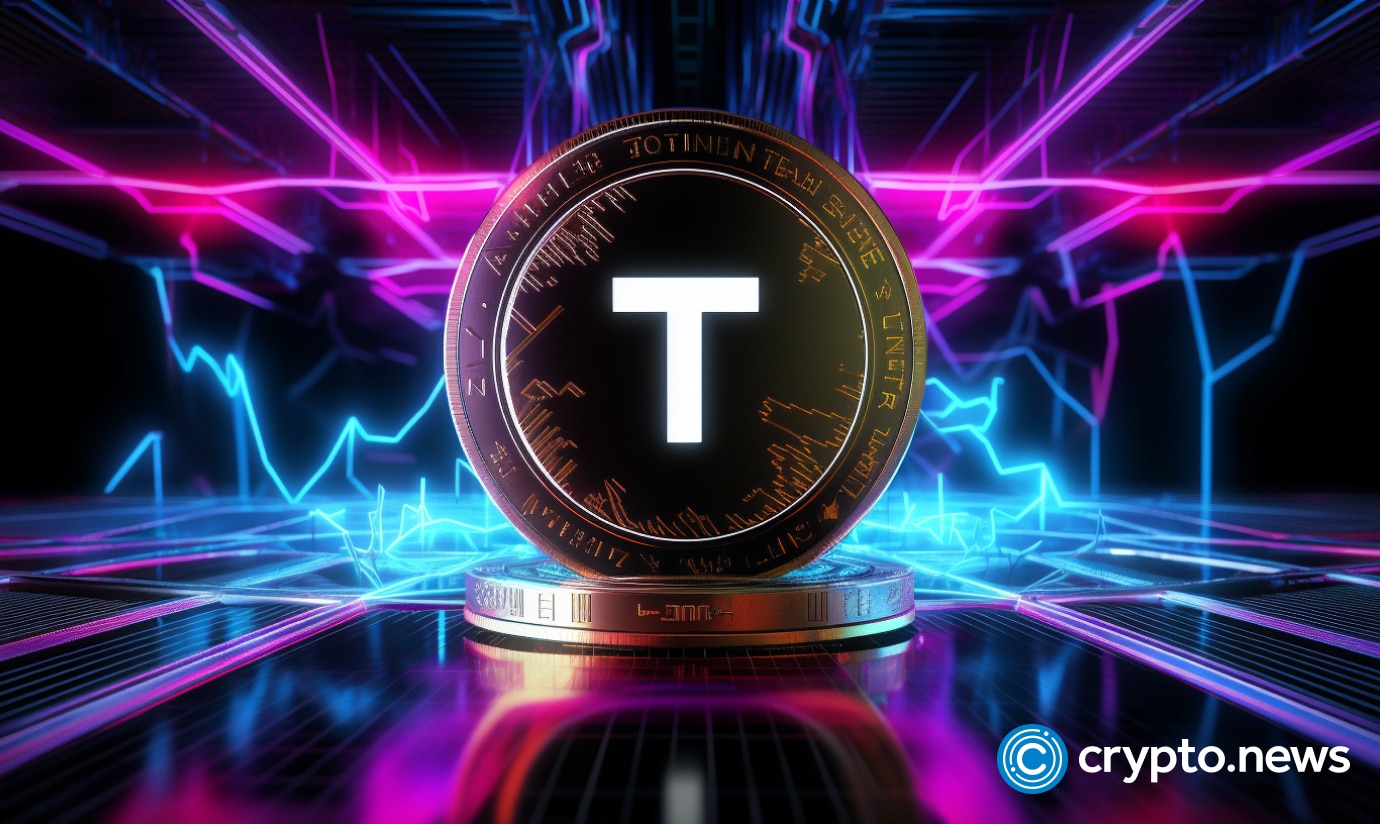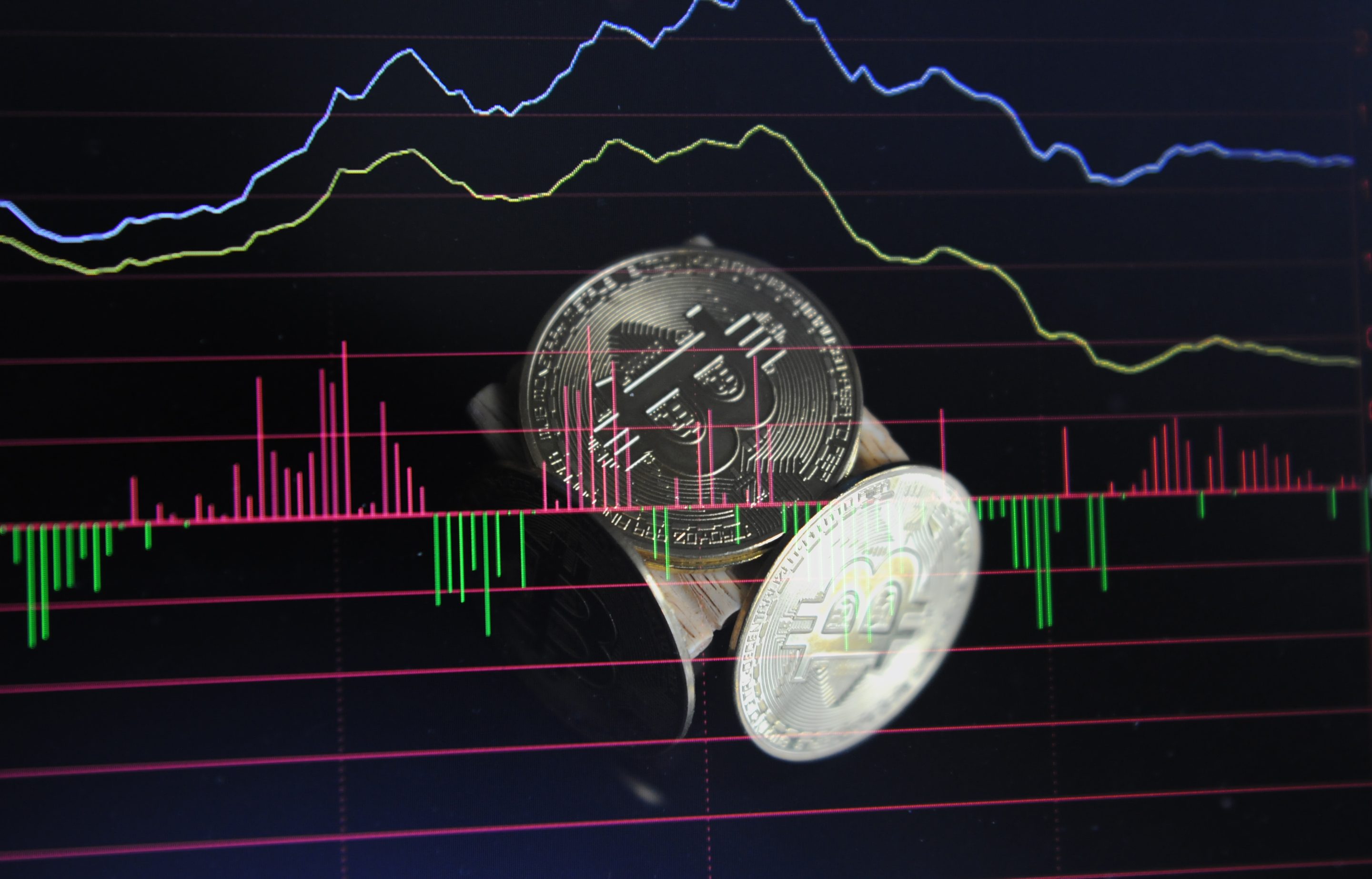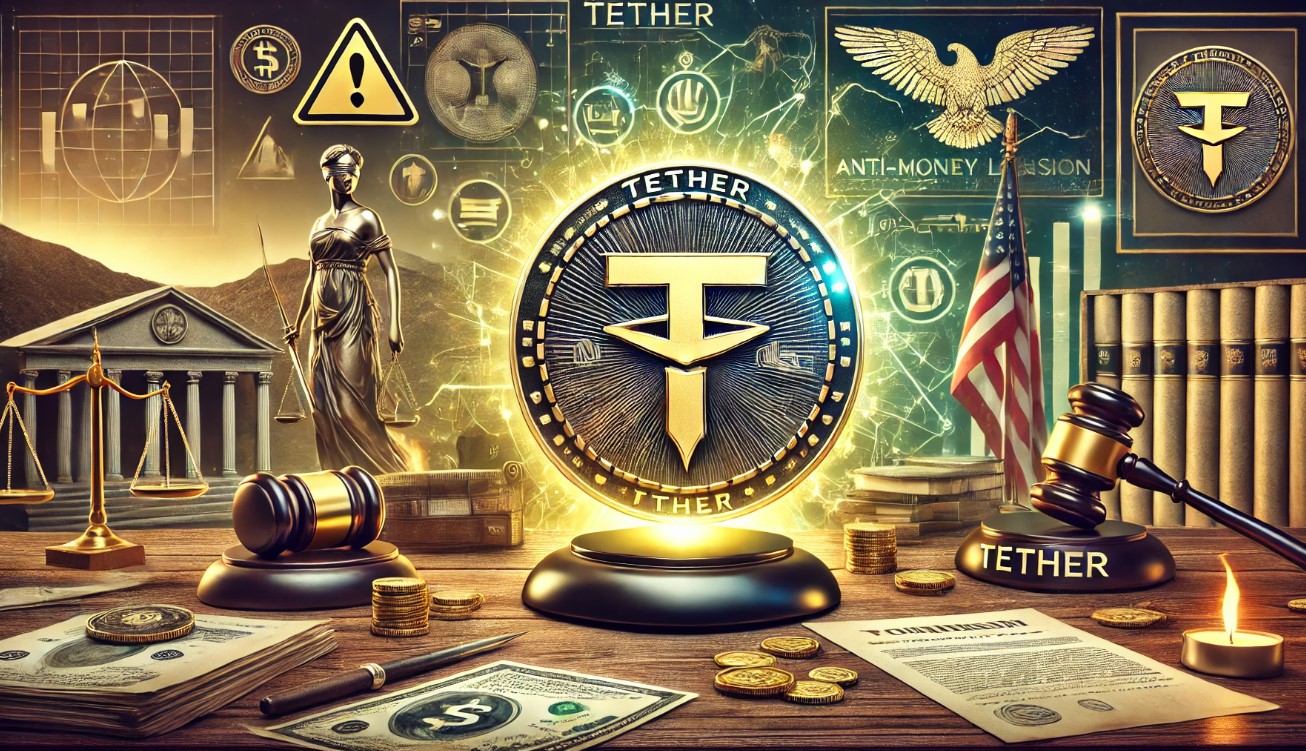The European Central Bank (ECB) calls for a coordinated approach to digital assets and distributed ledger technology (DLT) as part of a broader effort to establish a “digital capital markets union” for Europe.
In a landmark speech at the Bundesbank Symposium on the Future of Payments, ECB Executive Board member Piero Cipollone laid out an ambitious plan for transforming Europe’s fragmented capital markets by leveraging tokenization and DLT technologies.
Cipollone’s proposal comes as Europe grapples with persistently fragmented capital markets despite years of integration efforts. The current landscape, with 35 different exchanges for listings and 41 for trading, imposes significant inefficiencies on the financial system across the continent.
“The promise of tokenisation and DLT lies in the creation of a transparent ledger which would make it possible to perform the three key functions of asset trading, namely negotiation, settlement and custody, on the same platform,” Cipollone explained.
“Imagine a future where money and securities no longer sit in electronic, book-entry accounts but ‘live’ on distributed ledgers held across a network of traders, each with a synchronised copy.”
This shift from traditional centralized ledgers to a distributed model could streamline operations, reduce costs, and ultimately establish a more unified European market—one built from the ground up and fit for purpose in our modern, interconnected financial world.
“According to some estimates, automation and smart contracts could reduce annual infrastructure operational costs by approximately USD 15-20 billion in global capital markets,” explained Cipollone.
However, the ECB’s vision goes beyond just cutting costs.
Cipollone’s proposal represents a fundamental reimagining of Europe’s financial infrastructure, centered around either a unified European ledger or an ecosystem of interoperable DLT platforms.
“One way to achieve this would be to move towards a European ledger, which would be a single-platform solution where assets and cash would coexist on one chain,” said Cipollone.
“This ledger would address the technological complexities, inefficiencies and fragmentation that are currently preventing the integration of European capital markets for traditional assets.”
The single European ledger concept would essentially evolve the existing TARGET2-Securities system into a DLT-based, unified financial market infrastructure. Crucially—and perhaps controversially for the cypherpunk anarchist subset of the blockchain diaspora—Cipollone emphasized maintaining central bank money as the primary settlement asset in this new digital ecosystem.
“If end users – in this case firms and investors – demand an ‘on-chain’ means of payment to seamlessly support automated transactions via DLT, the lack of a solution for settling transactions in central bank money could encourage banks or stablecoin issuers to offer private money alternatives,” explained Cipollone.
“A permanent shift from central bank money to commercial bank money or stablecoins could disrupt the existing two-tier monetary system and threaten financial stability by undermining central bank money’s role as a risk-free settlement asset.”
To address this concern, the ECB is actively exploring ways to integrate central bank money into DLT-based systems. Cipollone highlighted ongoing Eurosystem trials to test DLT interoperability with central bank settlement systems, involving some 60 industry participants.
“Our aim is to facilitate the provision of central bank money settlement for wholesale transactions of DLT assets, thereby using the financial industry’s adoption of DLT to address existing shortcomings associated with the fragmentation of European capital markets,” Cipollone explained.
The ECB’s vision for a digital capital markets union is not without challenges. Cipollone acknowledged the potential risks of an uncoordinated approach to DLT adoption in the financial sector.
To mitigate these risks and guide the development of a cohesive digital financial infrastructure, Cipollone proposed two potential paths forward:
“A European ledger could bring together token versions of central bank money, commercial bank money and other digital assets on a shared, programmable platform.”
“While central banks would provide the platform, or the ‘rails’ so to speak, market participants would supply the content, or the ‘trains.'”
However, recognizing the potential drawbacks of a single, unified system, Cipollone also presented an alternative approach:
“One risk of the unified ledger is that it entails choosing one technological solution over all others. As all market players will use it, they will be less inclined to explore and promote alternative innovative technical solutions to provide the same services.”
“Another option would therefore be to allow the coordinated development of an ecosystem of fully interoperable technical solutions. This flexibility would be beneficial, as it would better serve specific use cases and the coexistence of legacy and new solutions.”
Cipollone emphasized that the success of this digital transformation hinges on close collaboration between central banks, regulators, and market participants. He called for a comprehensive European regulatory and supervisory framework for digital assets, building on the EU’s DLT pilot regime.
“EU legislators and regulators have a window of opportunity to create a comprehensive, European regulatory and supervisory framework that will support financial integration for digital assets while protecting market participants and preserving the underlying infrastructures,” Cipollone stated.
The ECB’s consideration of tokenization and DLT marks a significant shift forward in central bank thinking, reflecting a growing recognition of these technologies’ potential to enhance and transform existing financial systems.
While the path forward is not without obstacles, Cipollone’s vision is a bold attempt to leverage blockchain technology to solve longstanding fundamental issues in Europe’s financial infrastructure. If successful, his plan has the potential to establish a more integrated, efficient, and competitive capital market for the continent that is better positioned to compete globally in the digital age.
“In embracing this technological shift, we are not merely reacting to change, but actively participating in shaping a more efficient, innovative and resilient financial future for Europe,” Cipollone concluded.
Watch: Transitioning to Web3 with AWS & BSV blockchain

















 English (US) ·
English (US) ·